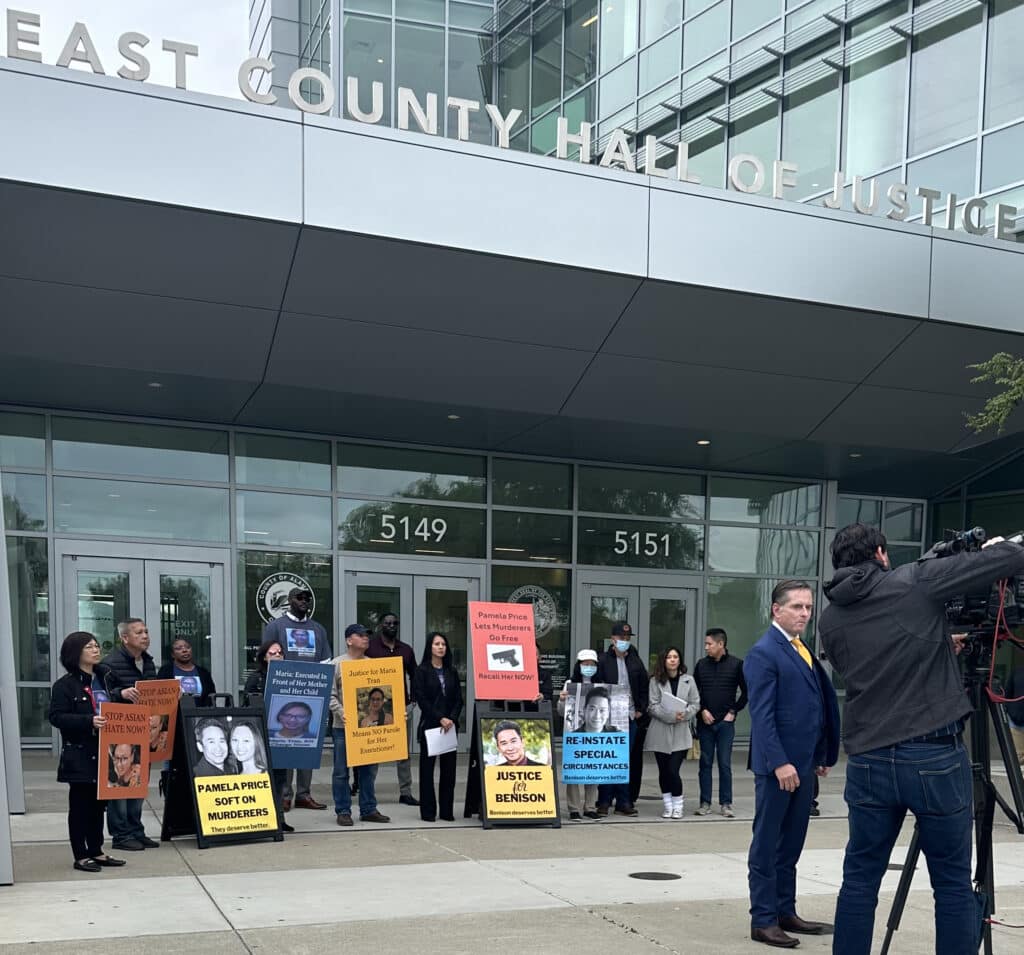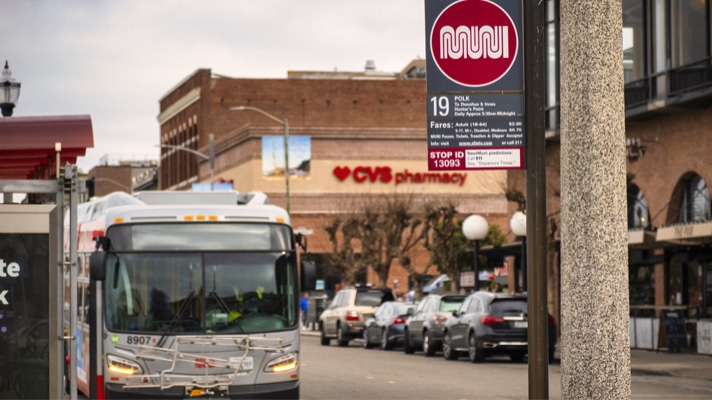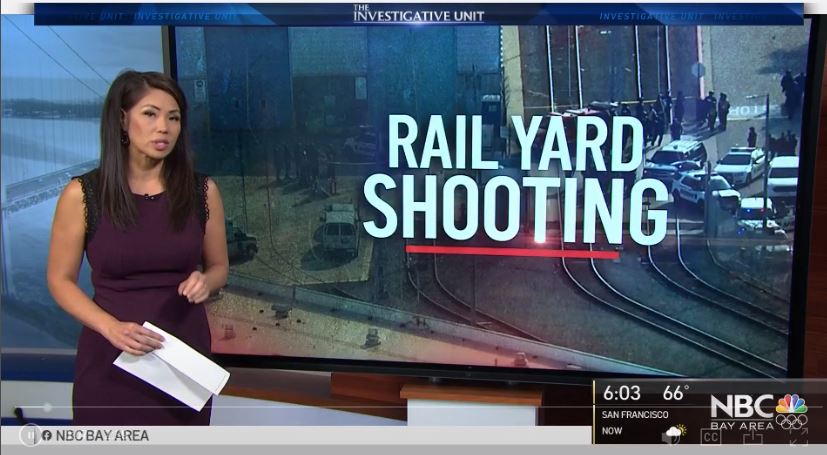Does Trail Immunity Apply On Bicycle Paths?
Written By Chris Dolan and Emile Davis This week’s question comes from Cecilia from San Francisco, CA, who asks: I was on a bike path riding the speed limit in San Francisco. There was a big pothole that I couldn’t see, and my front tire dropped in it and launched me over the top of …






